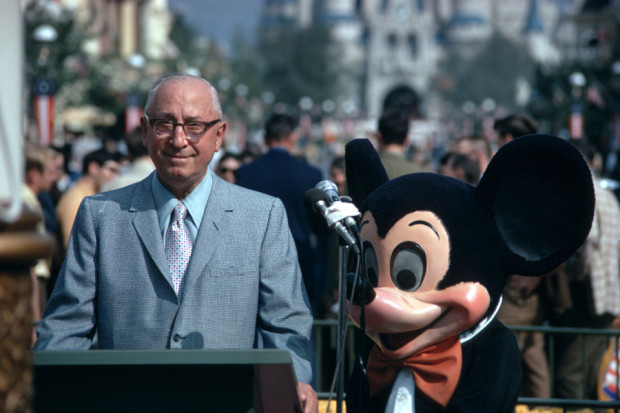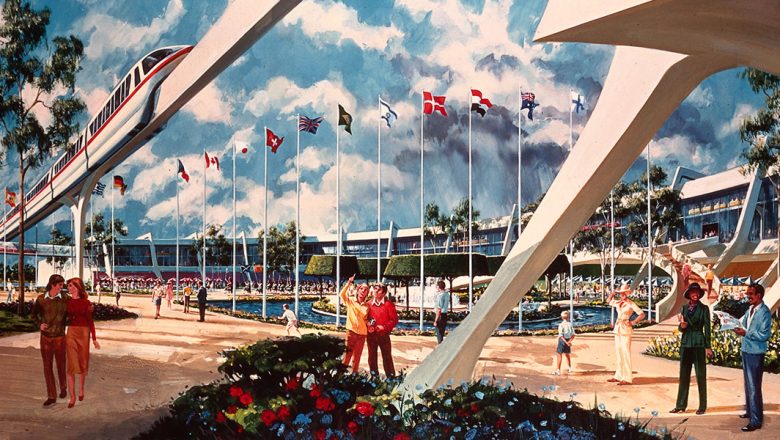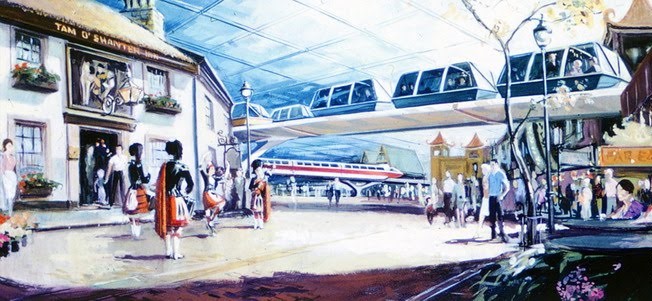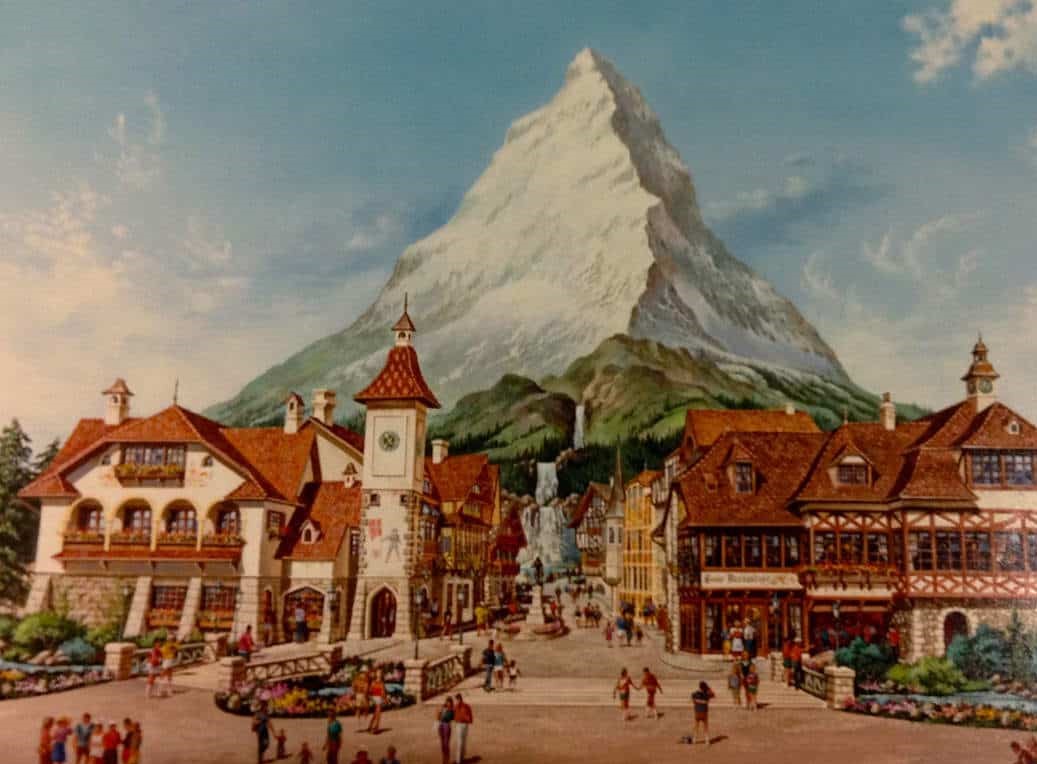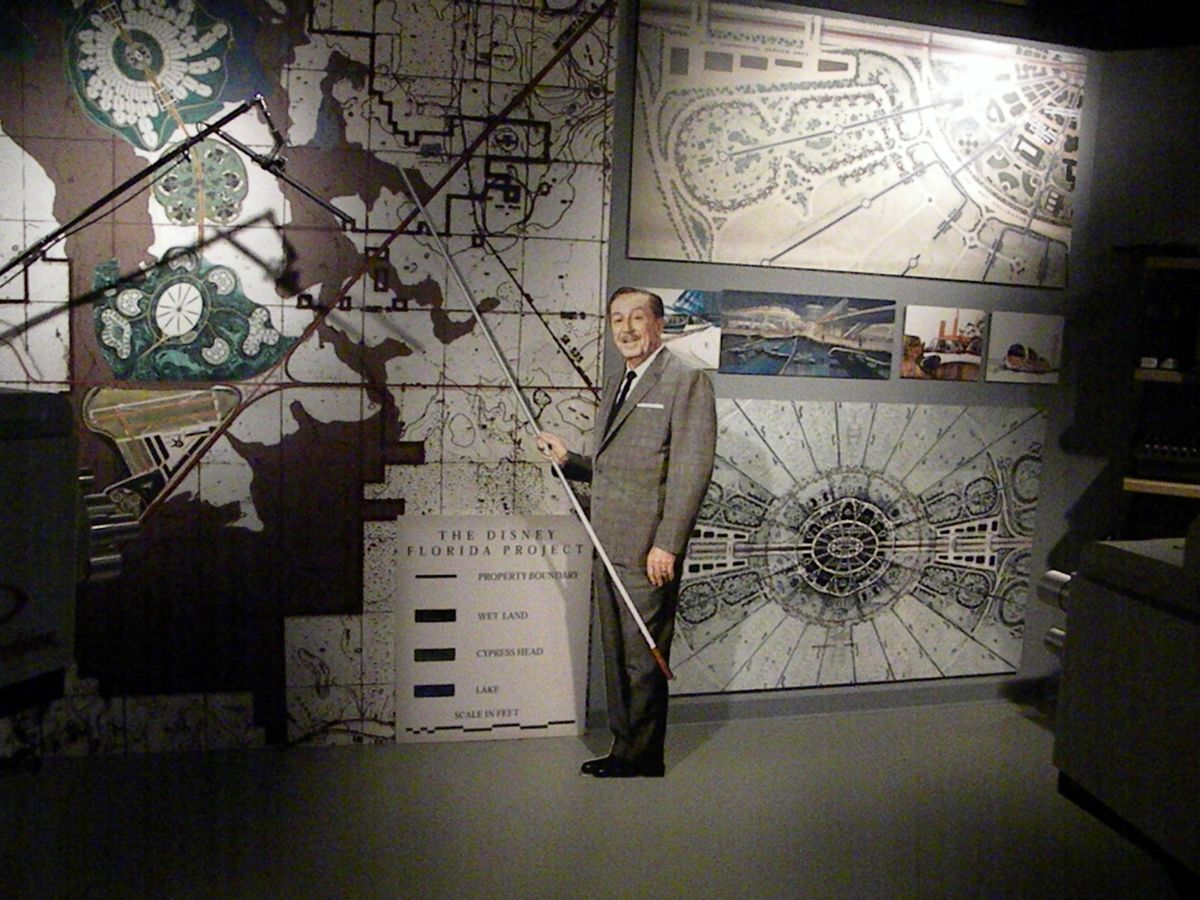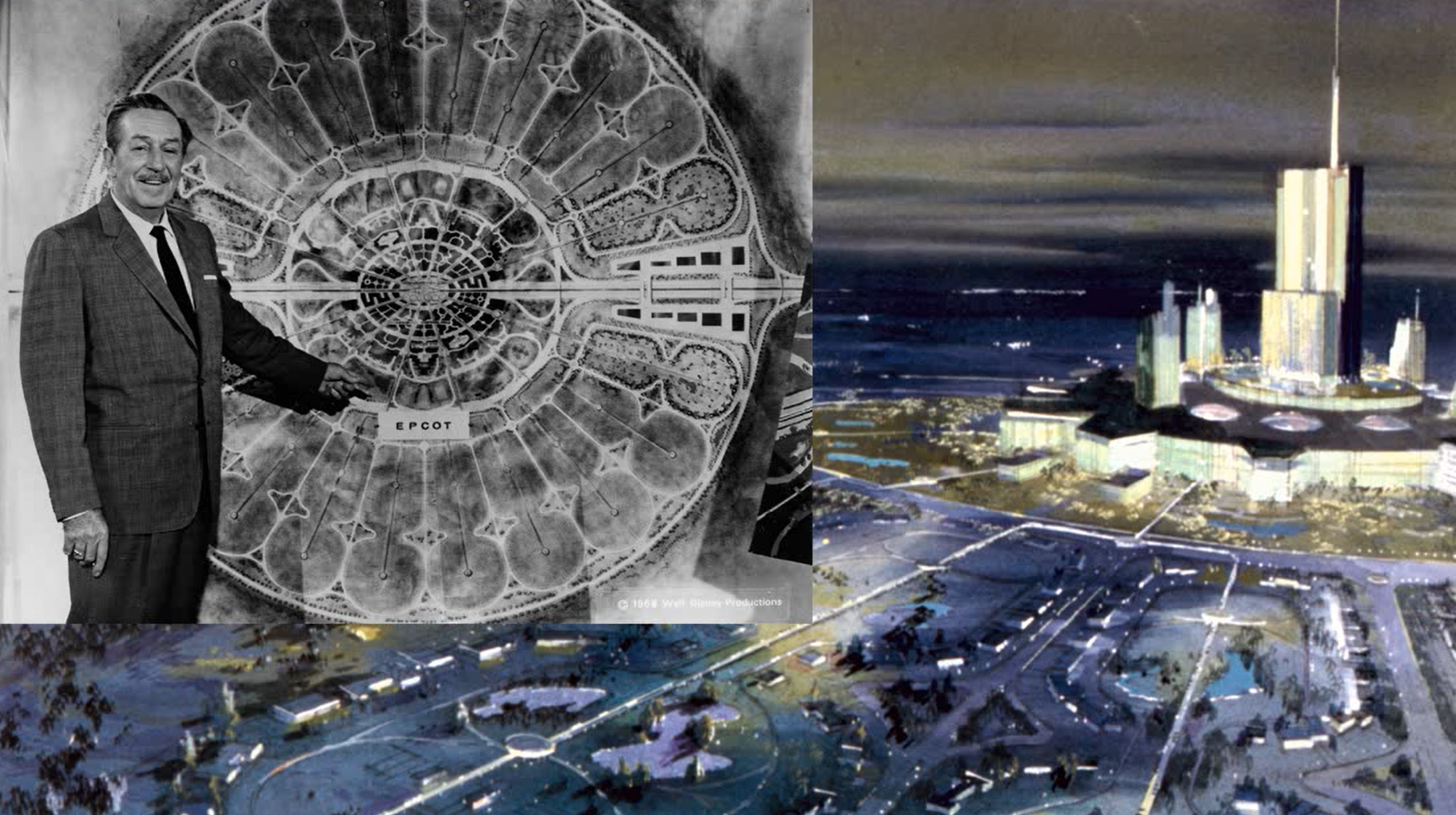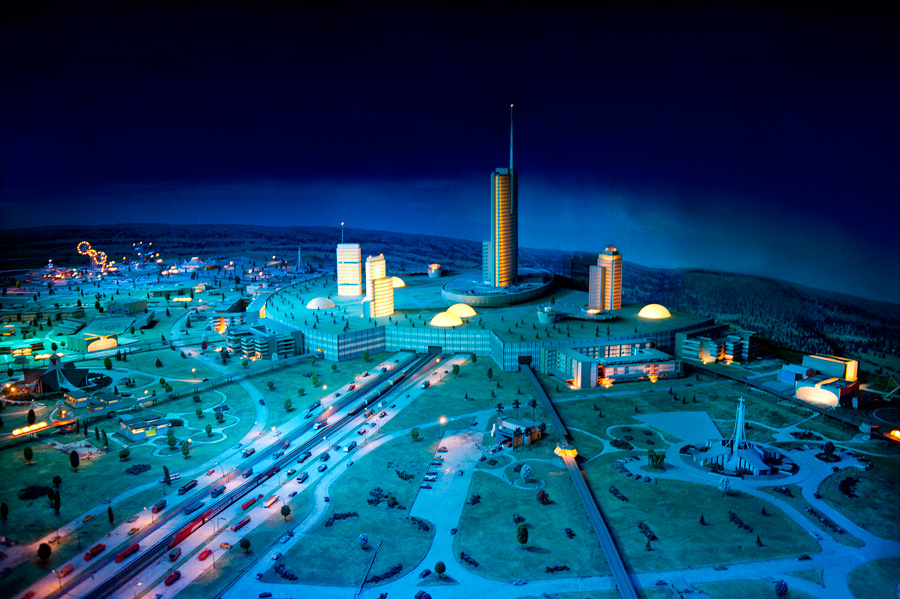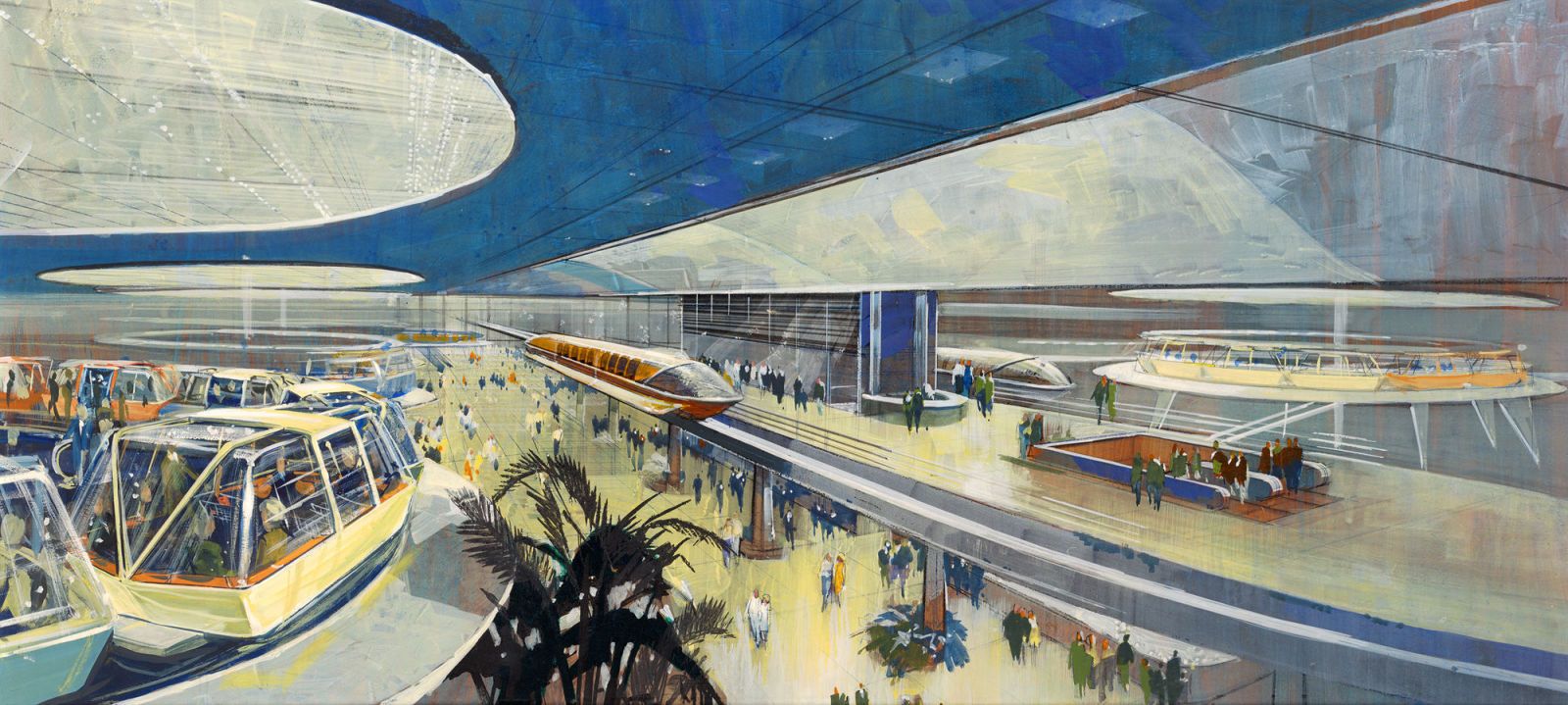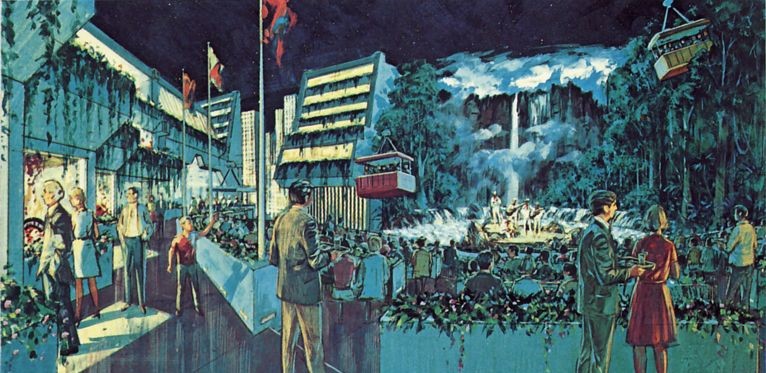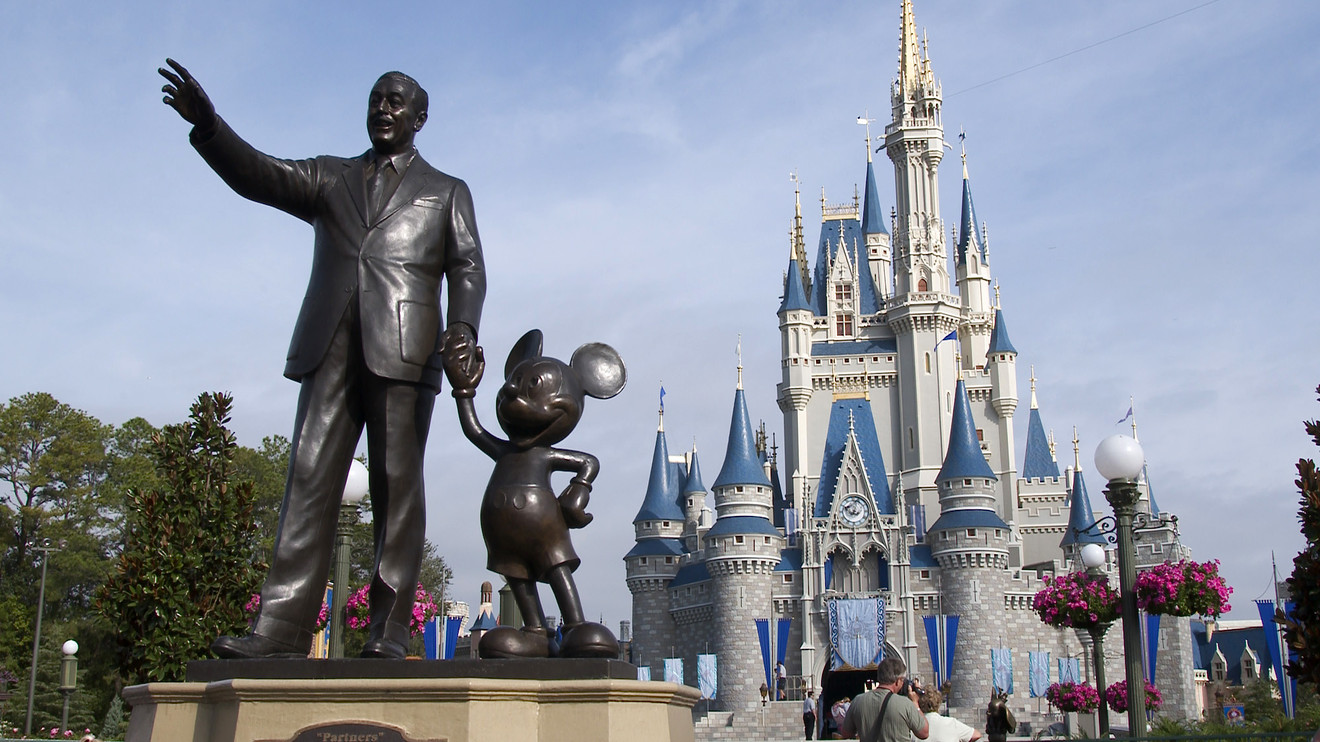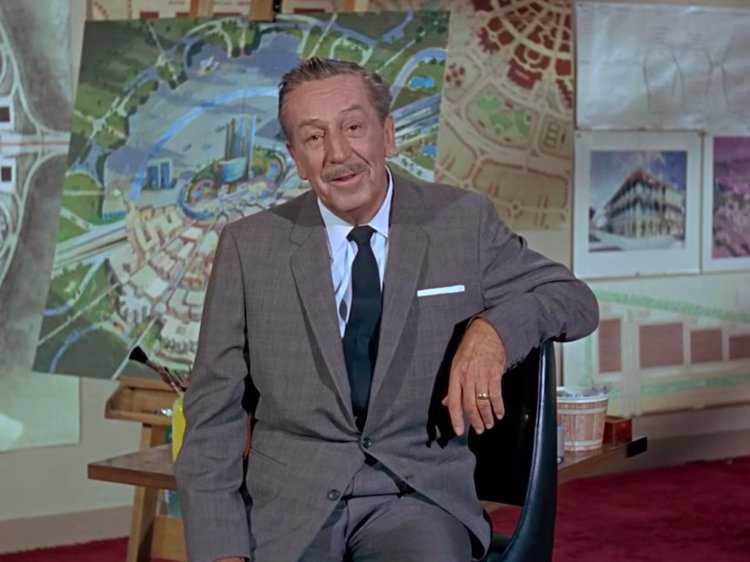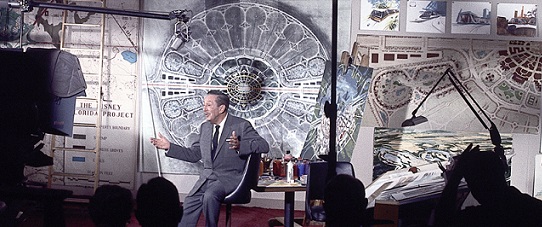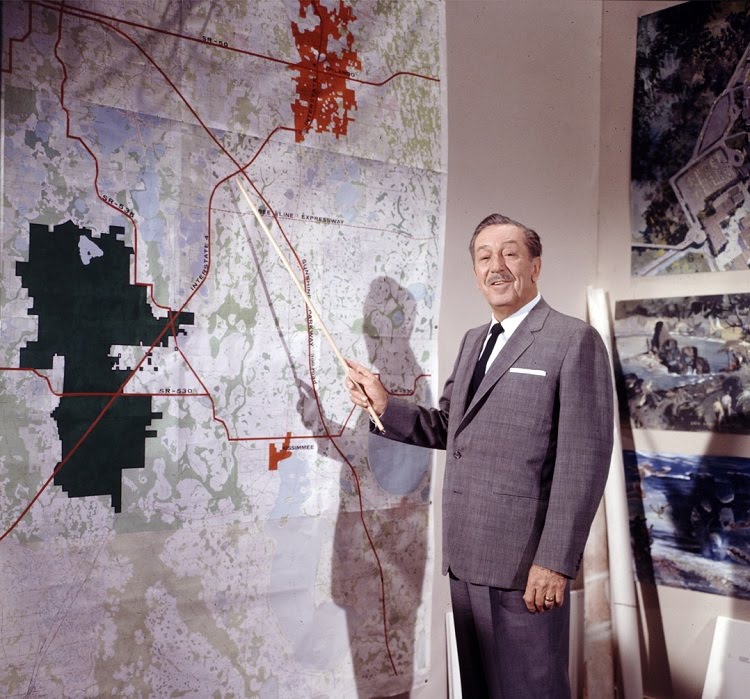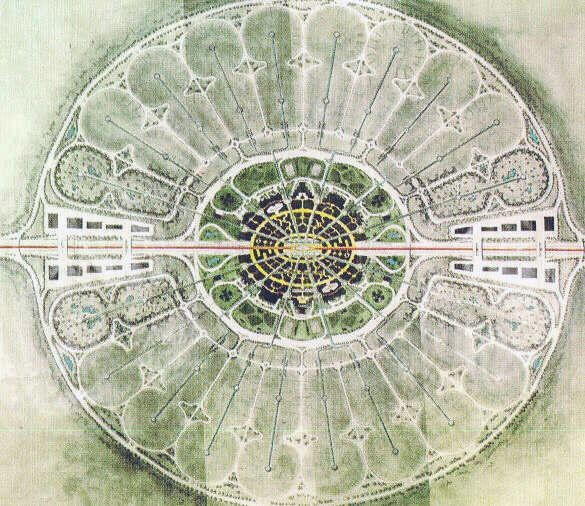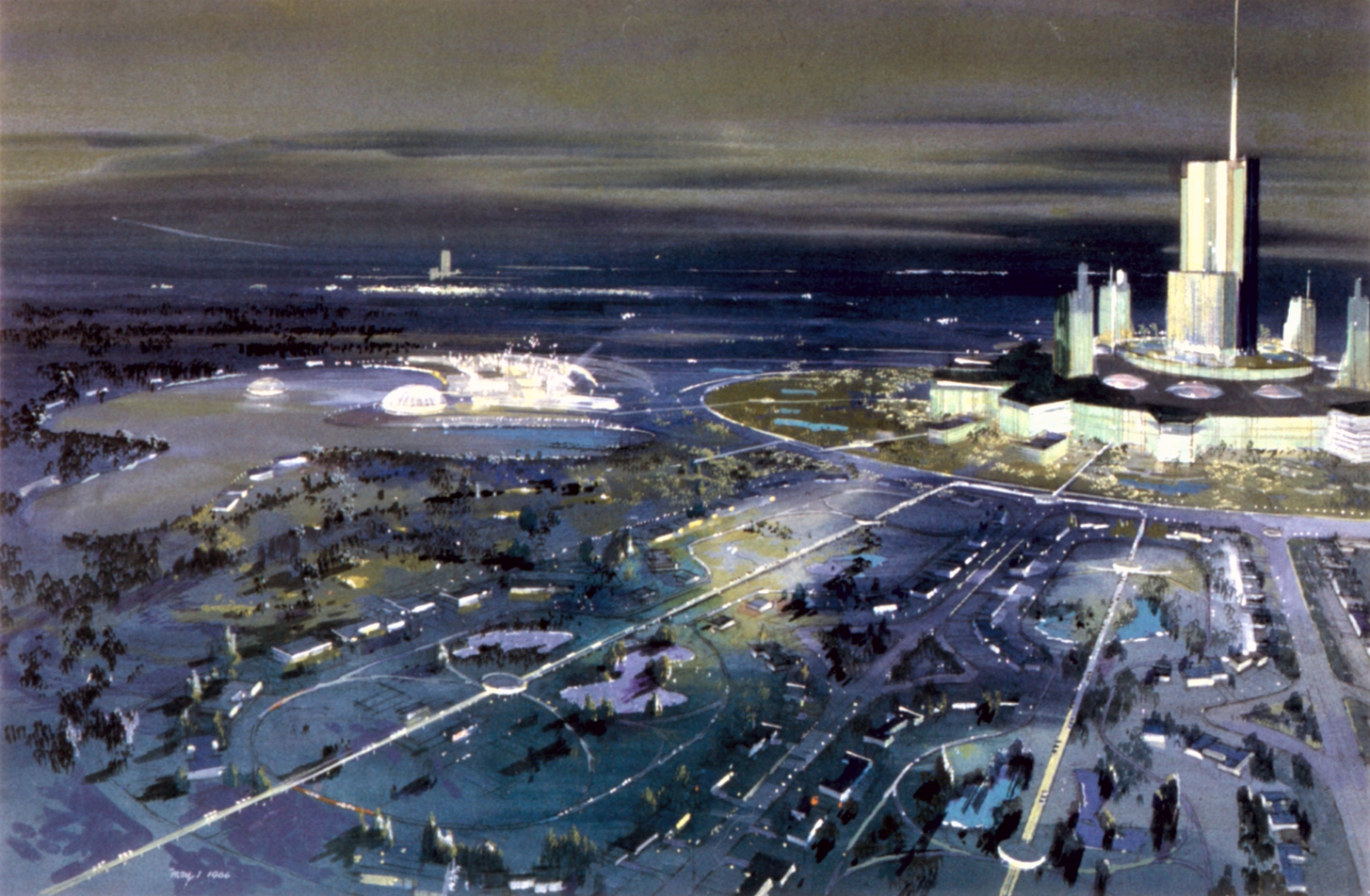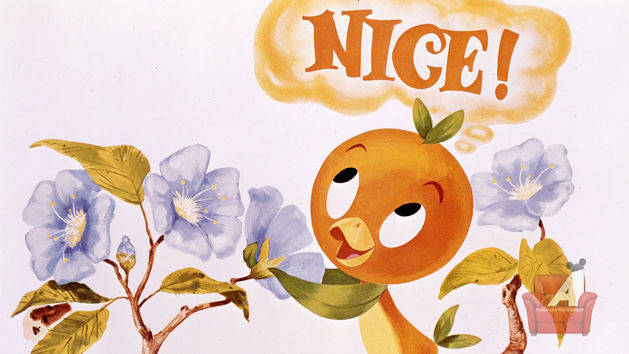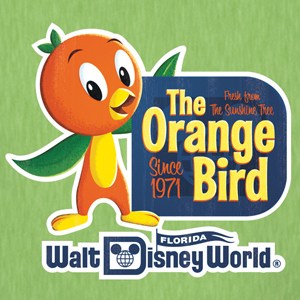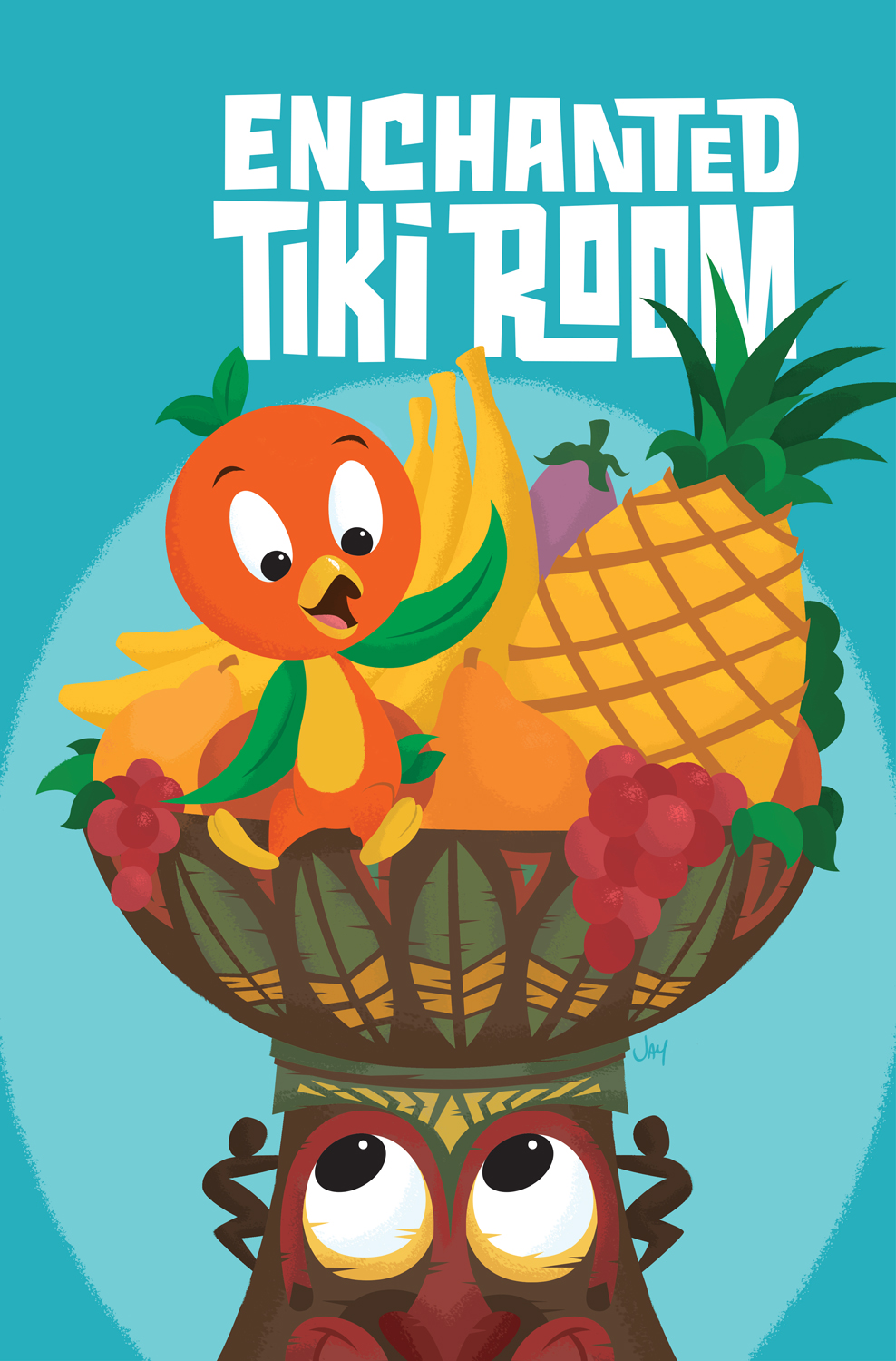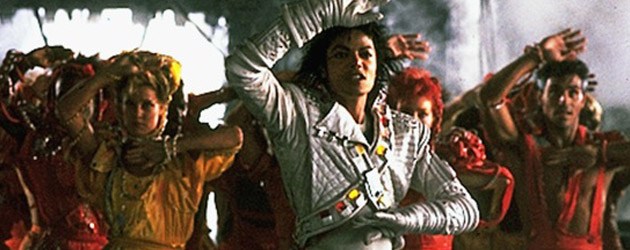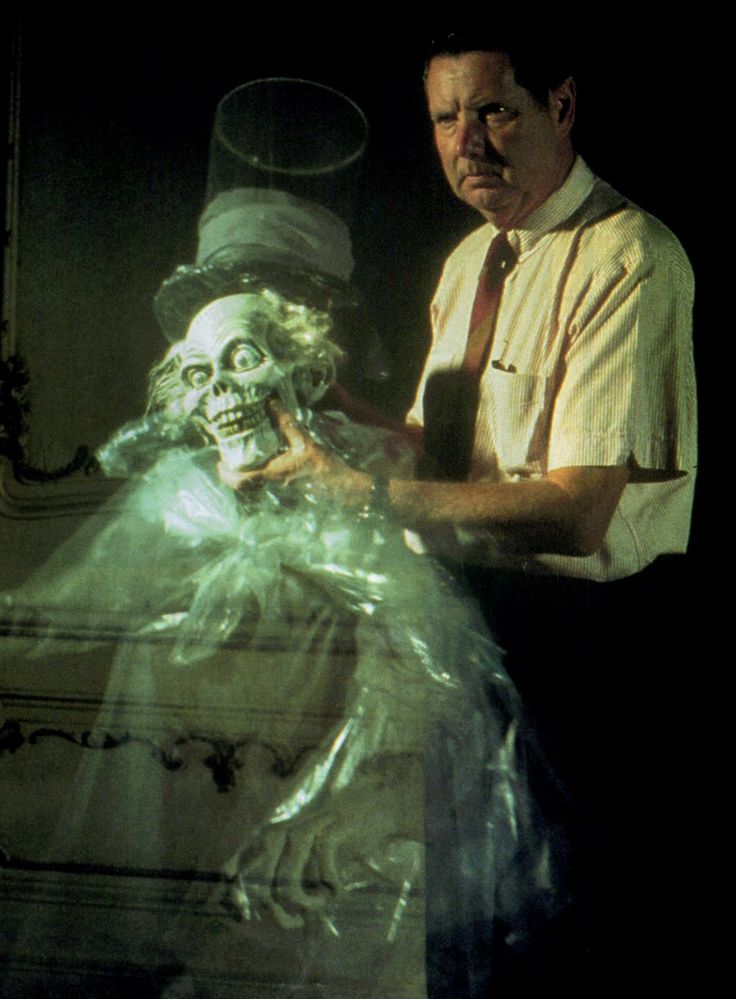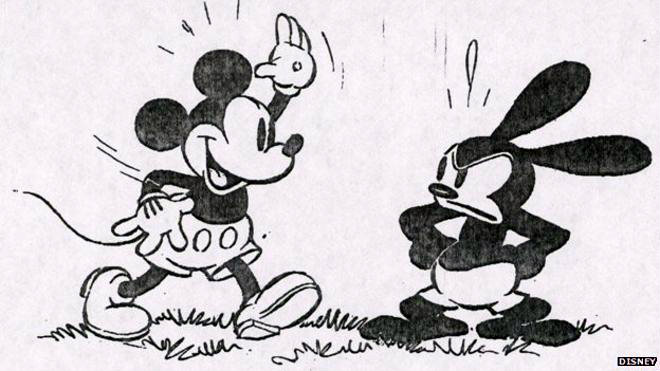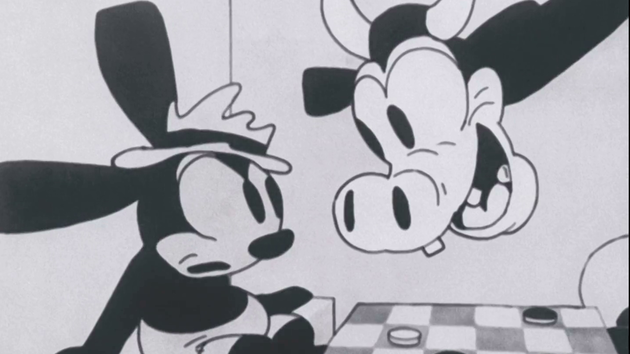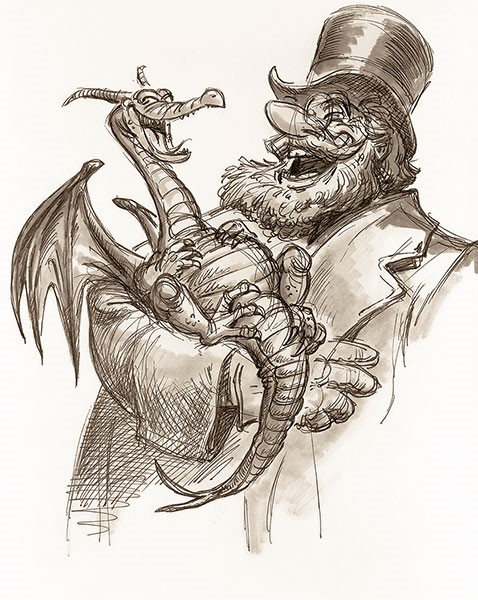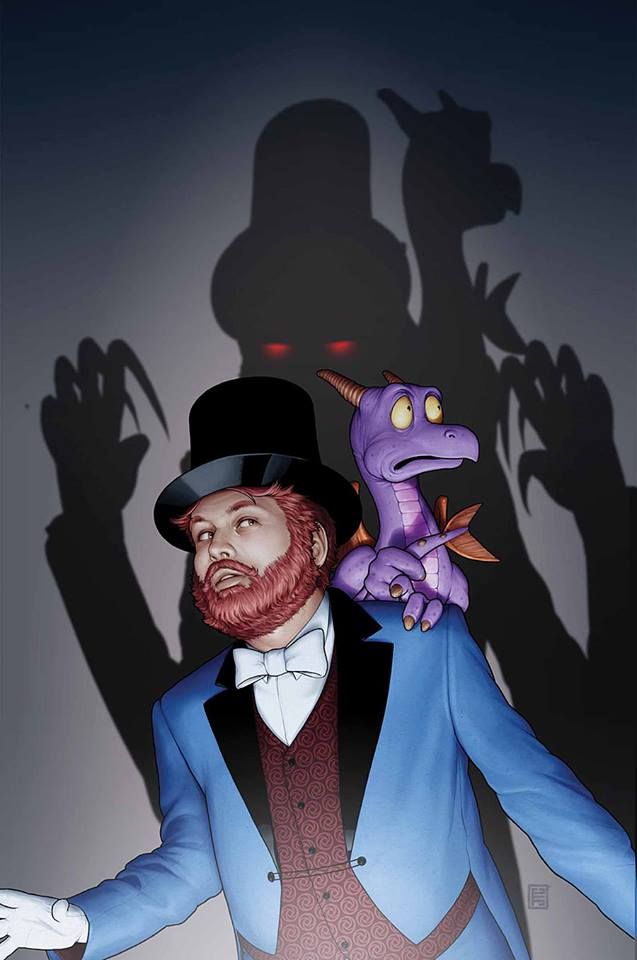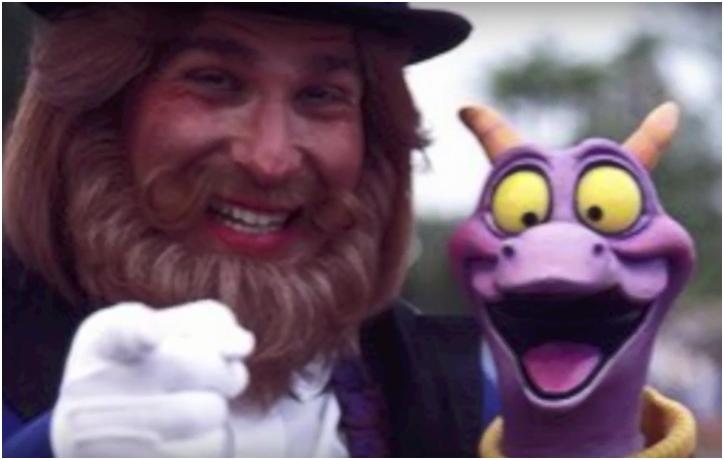A Special Behind-the-Scenes Look at Disney’s Top Villain Vocalists
It’s that time of year again when the leaves start falling from the trees and the aroma of Pumpkin Spice is everywhere, to the joy (or chagrin) of many. It’s also what I like to call ‘spooky season’, and that means that it’s time to get the ball rolling on costumed candy-corn content for those of you who enjoy alliterations with your hot cocoa. During this season, Disney fans everywhere are delving into their own unique brand of October fun. These Disney fall festivities include movies like The Adventures of Ichabod and Mr. Toad, Hocus Pocus, The Nightmare Before Christmas, and Coco. They also consist of Disney Park offerings like The Haunted Mansion, The Twilight Zone Tower of Terror, and Mickey’s Not So Scary Halloween Party. However, there is one Disney Halloween tradition that is wholly unique; the Disney Villains.
I’ve noticed that it’s been a while since I’ve visited this specific Disney brand. And since I’m not really that good at “traditional” Halloween fare because of my strange aversion to the macabre and my dedication to being obnoxiously cheerful, I’ve decided it’s the perfect time to delve into some fascinating topics relating to the Disney fiendish foes…Do I really need an excuse?
For our first “Villains Month” offering, I’m diving deep into some of the greatest vocal performances in Disney history! This is a countdown of The 15 Most Iconic Disney Villainous Voices!
(Note: This list only includes the 57 films of “Disney’s Animated Canon”, and due to the sheer number of Disney Villains, not every iconic voice could be included)
- Queen of Hearts
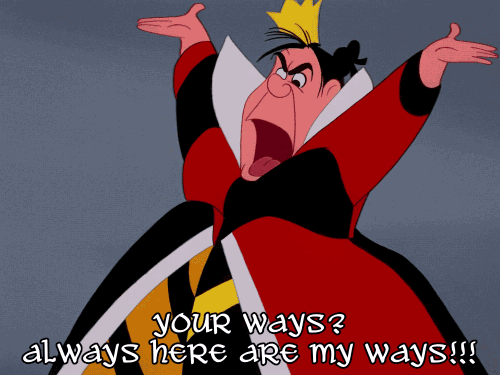
Her royal red highness from Alice in Wonderland (1951), is a bit more obscure when it comes to vocals. However, she’s earned a place on this list due to a voice that was highly iconic for the time. Radio veteran and accomplished voice-actor Verna Felton, known for her iconic work as Dennis Day’s mother in the Jack Benny program, lent her talents to this short-tempered villainess. The constant cries of “off with their heads” should sound familiar too, because Verna ended up voicing characters in 6 different Disney features: the cruel Elephant Matriarch in Dumbo, The iconic Fairy Godmother from Cinderella, The Queen of Hearts, the antagonistic Aunt Sarah from Lady and the Tramp, the fussy Good Fairy Flora from Sleeping Beauty, and finally another elephant in the Jungle Book! That’s an impressive track record!
- Man in the Bowler Hat

Meet the Robinsons is definitely one of the more obscure Disney movies, and although it has become a cult classic with legions of fans all around the world, it’s not exactly the first place you’d look for something like this. However, Meet the Robinsons is actually a treasure trove for amazing vocal performances! The Man in the Bowler Hat (yes, that’s his actual title), better known as Goob, is on this list because of his hilarious portrayal by Director Stephen J Anderson. Stephen is known for his work as a story artist and writer on films like Tarzan, Zootopia, Frozen, Moana, Winnie the Pooh, Wreck-it Ralph…and the list goes on and on! His ridiculous, over-the-top, and irreverent portrayal of the charismatic, and yet incredibly pathetic, Michael Yagoobian is one of the many reasons why Meet the Robinsons is so fun to watch!
- Ratigan
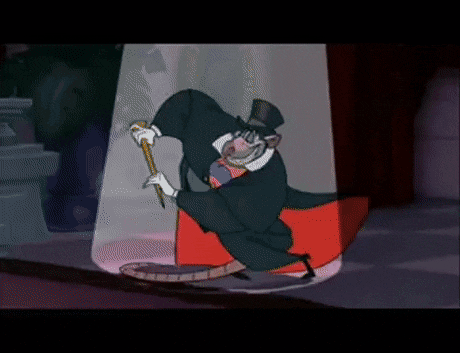
Ratigan is somewhat of an icon for fans of Disney’s “Dark Age” of animation. People who grew up on films like Robin Hood or Aristocats, remember The Great Mouse Detective fondly for it’s unique reimagining of Sherlock Holmes as a mouse called Basil. And of course, every Sherlock Holmes needs his own Moriarity! Ratigan, a criminal genius of a rat, fills this role perfectly and is portrayed wonderfully by one of the most refined and iconic actors of classic cinema: The King of Macabre himself, Vincent Price. The sophistication, menace, and dark humour of Ratigan come through in every line of this unique performance thanks to Vincent’s phenomenal vocal range.
Don’t know who Vincent Price is? There’s actually a big chance that you’ve heard of Vincent Price’s work, even if you don’t recognize his name! Seriously, just take a look at his filmography!
- Clayton
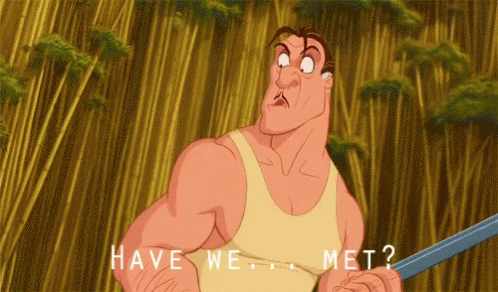
This villain from Tarzan often gets passed over in the grand scheme of things, and that’s a real shame. He’s a well-crafted antagonist, but Disney’s precarious licensing deal with the Edgar Rice Burroughs Estate ensures that he stays out of most movie-related products, and thus out of the public eye. Such is the world of copyrighted trademarks, unfortunately. But even if he isn’t an incredibly popular villain, he still deserves a place on this list for his highly entertaining vocal performance.
British actor Brian Blessed, known for his long and illustrious career in film and television, and roles in cult-classic franchises like Flash Gordon, lends his booming sophistication to this heinous hunter. The pleasant bass tones of Brian’s educated vocals lend themselves perfectly to Clayton’s persona of the refined and menacing Englishman.
- Shere Kahn

The Jungle Book was the last animated feature that Walt Disney himself worked on before passing away in 1966. As such, it has earned a place of reverence not just with Disney fans, but also with artists inside the Disney company itself. The movie focused on character above anything else and presented the culmination of Disney’s refinement after 30 years of animating animals. Each character is full of life, authenticity, and fluidity, and each has a distinctive voice that matches their personality perfectly. And the villain is no exception!
Academy Award Winner George Sanders was tasked with bringing the powerful Shere Kahn to life and he did not disappoint! Sanders’ filmography is incredibly extensive, with his most iconic role being The Falcon, and he has played characters ranging from heartless villains, to charming royalty. His resonant vocals gave an air of confident control to Shere Kahn and the performance, along with the sophisticated animation that was paired with it, were quoted as direct inspirations for one of the greatest villains in Disney history; Scar from The Lion King.
- Yzma

There is plenty of irreverent self-aware humor in the The Emporer’s New Groove, so it’s no surprise that the casting wouldn’t be any different. Eartha Kitt was an incredibly accomplished singer and actress who is revered around the world as an icon of civil rights in show business. She used her talents to rise from poverty and oppression into worldwide fame. In her later years, she remained humble and was often known for her ability to find the humor in serious situations. She is also remembered for her willingness to poke fun at her own life.
Known for her beauty and alluring voice, Eartha’s work includes iconic songs like her original holiday hit Santa Baby (yes, that Santa Baby!) and roles like Catwoman in 1966’s Batman television series. So, it’s no surprise that her self-aware role in the Emperor’s New Groove would reference her career. Eartha, who was in her 70’s by the time of the film’s debut, was delighted to learn that Yzma would encapsulate her unique sense of humor. In the film, Yzma is an old woman trying to appear young and beautiful to creepy affect, poking fun at Eartha’s own history as a showbusiness icon.
Most stars wouldn’t be comfortable making fun of themselves, but apparently Eartha loved this self-referential humor so much that she signed on to play the character again for the sequel and the subsequent TV show!
***
There are more villains to get through on this list, but unfortunately, we’ve run out of time here. But don’t fret! October is a long month, and we have many more fiendish foes to follow! Check out Part 2 here!
Which Villainous voice is your favorite? Let us know in the comments down below!










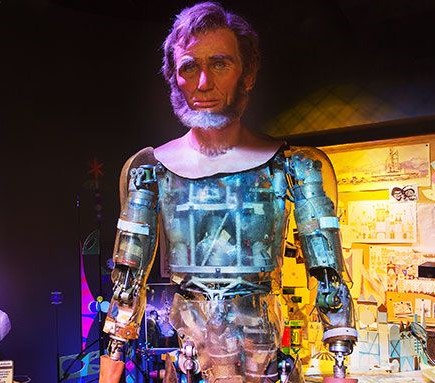
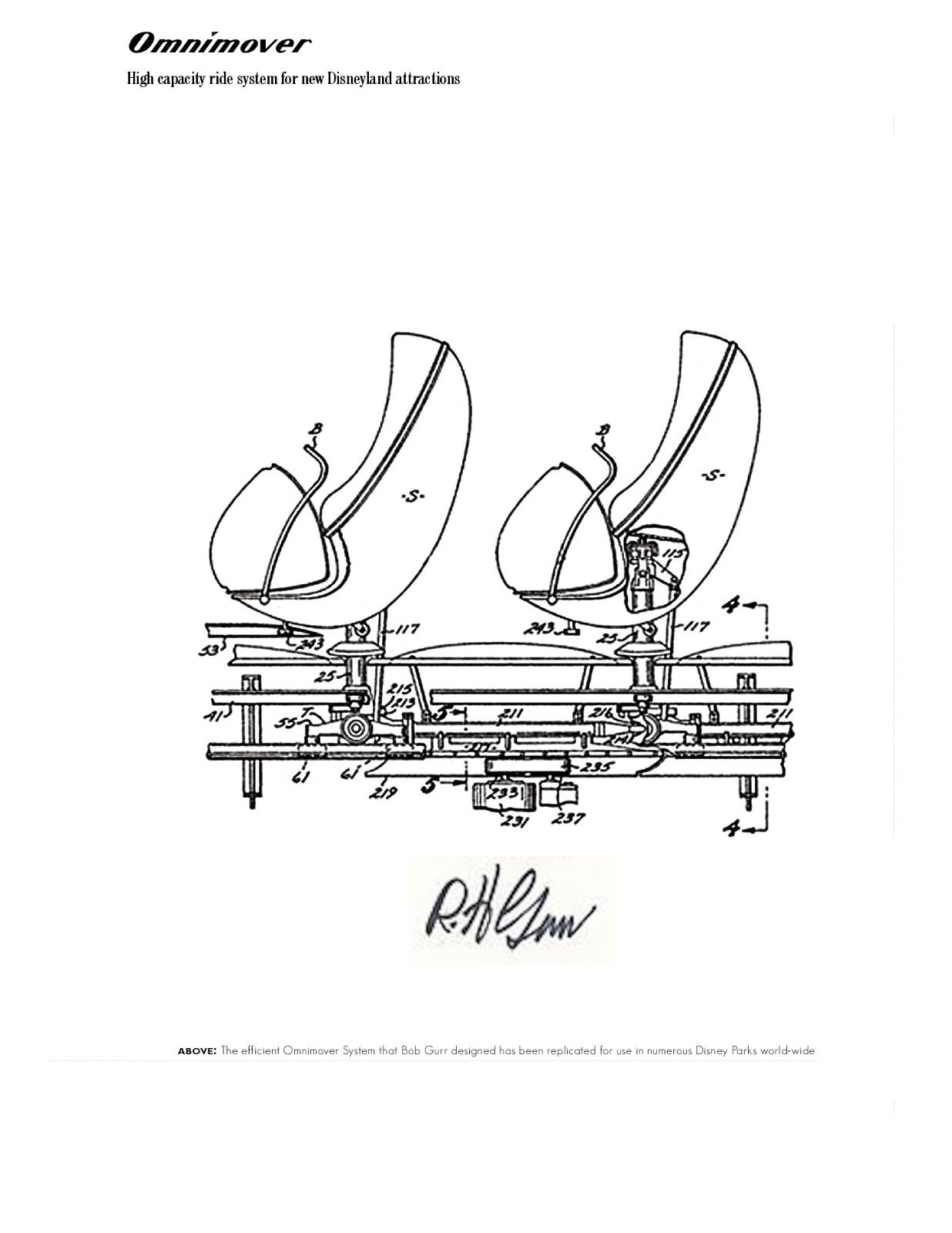




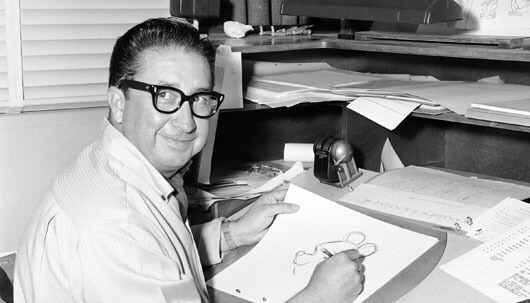
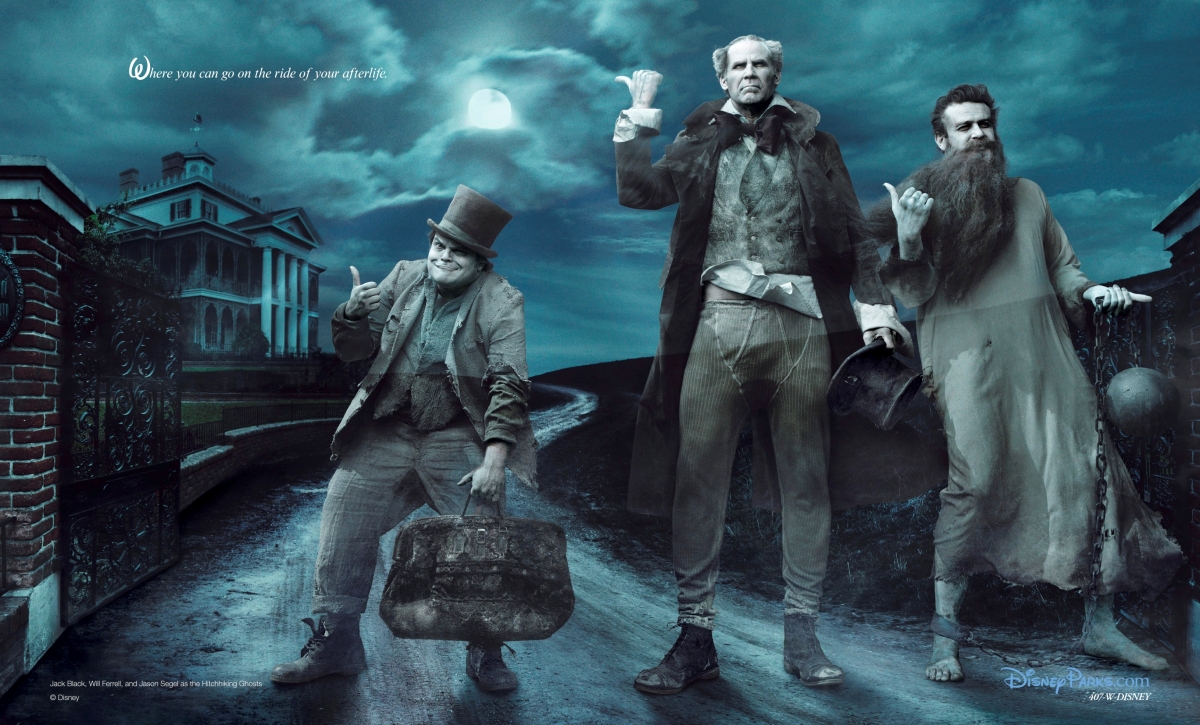


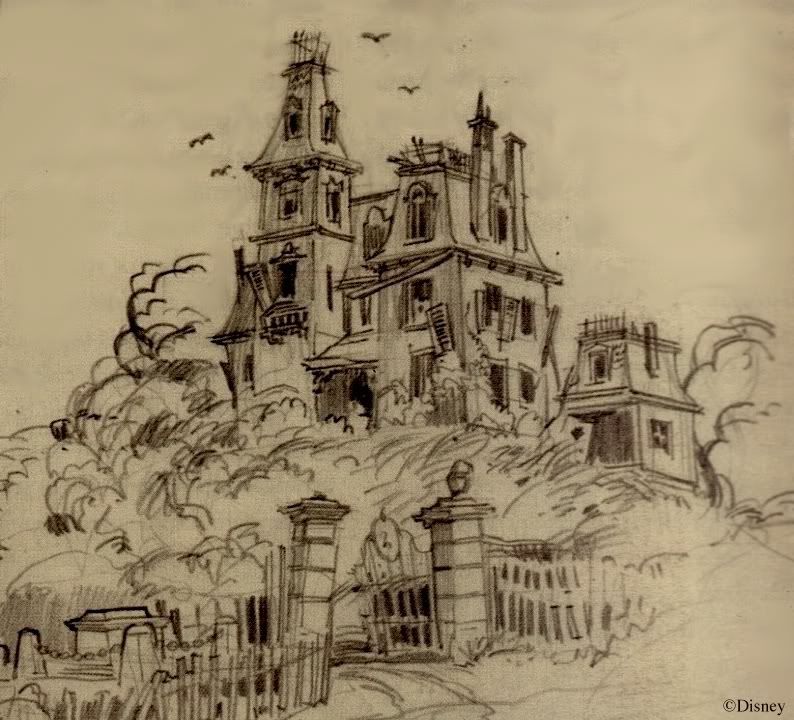
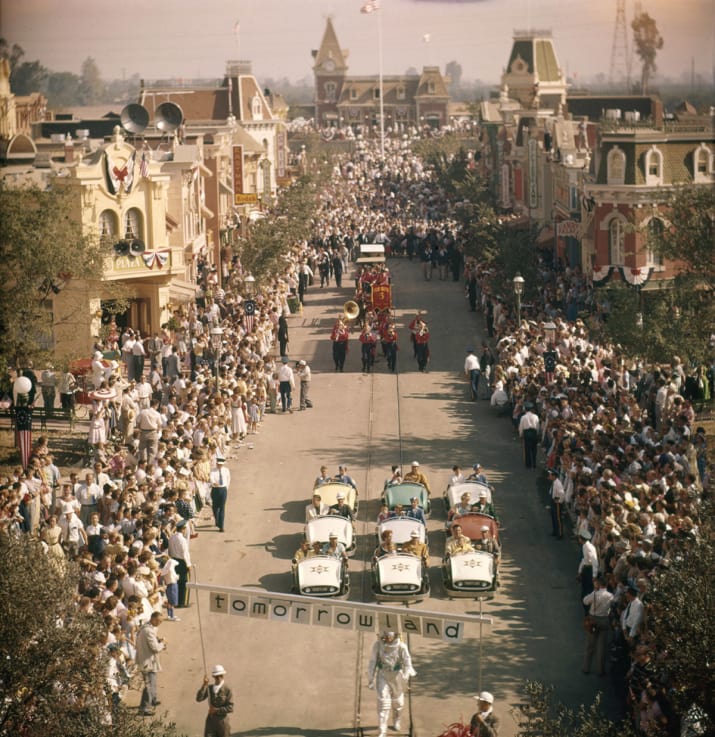
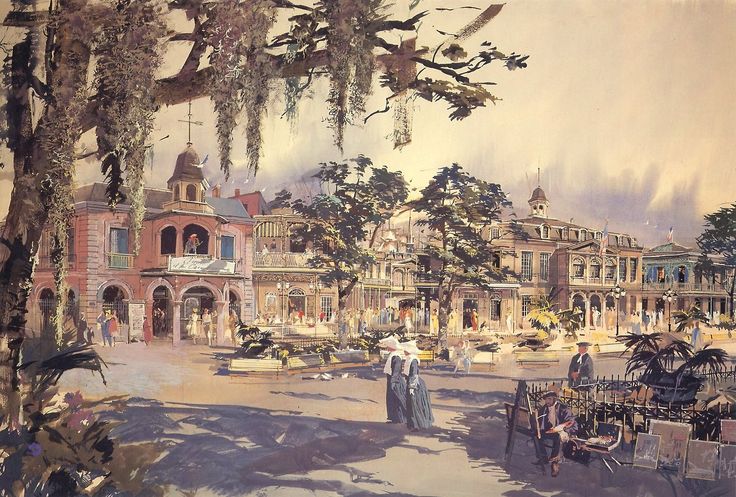
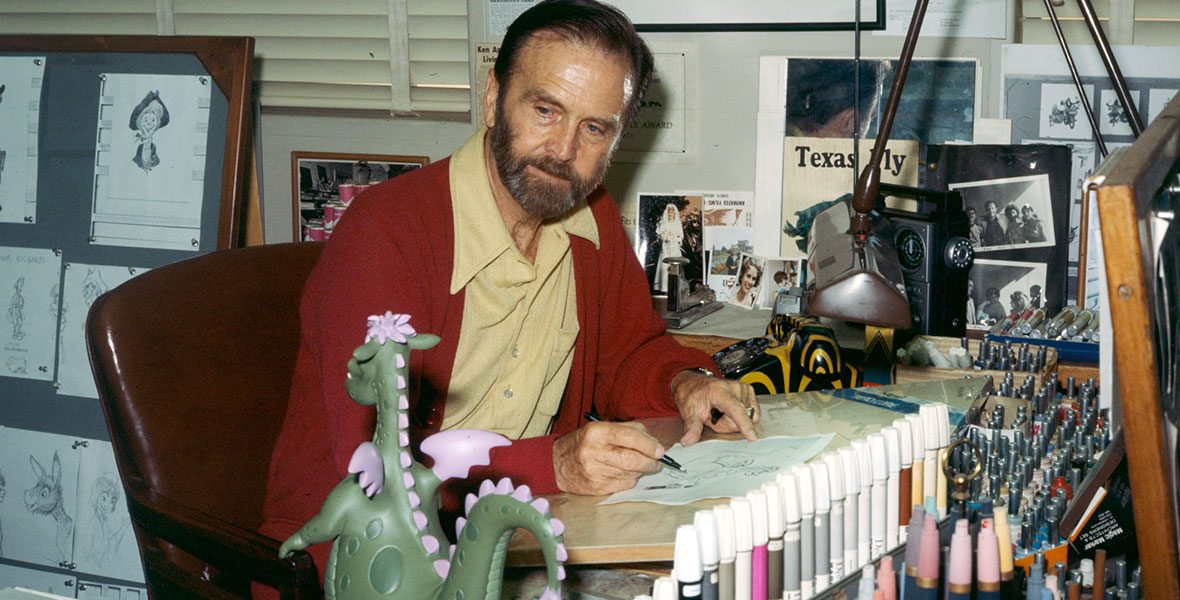






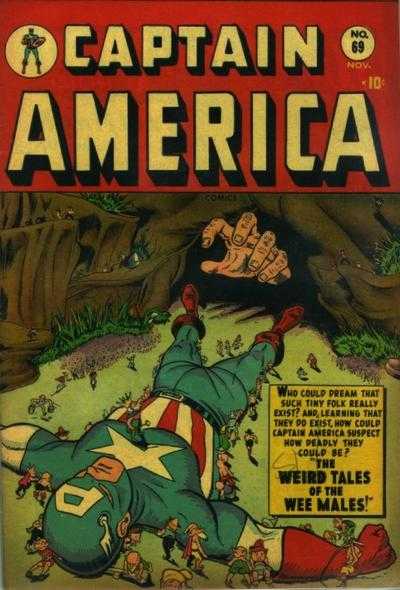


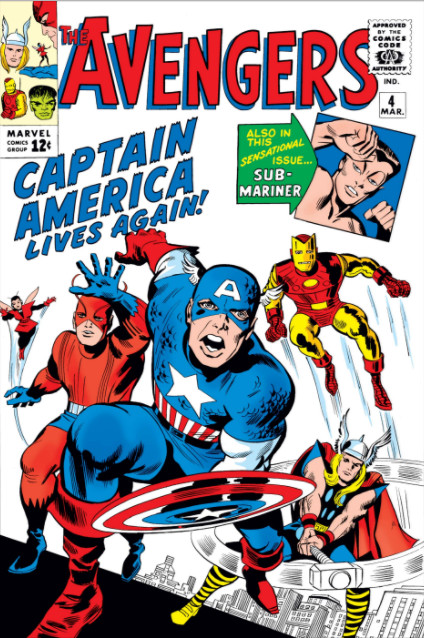
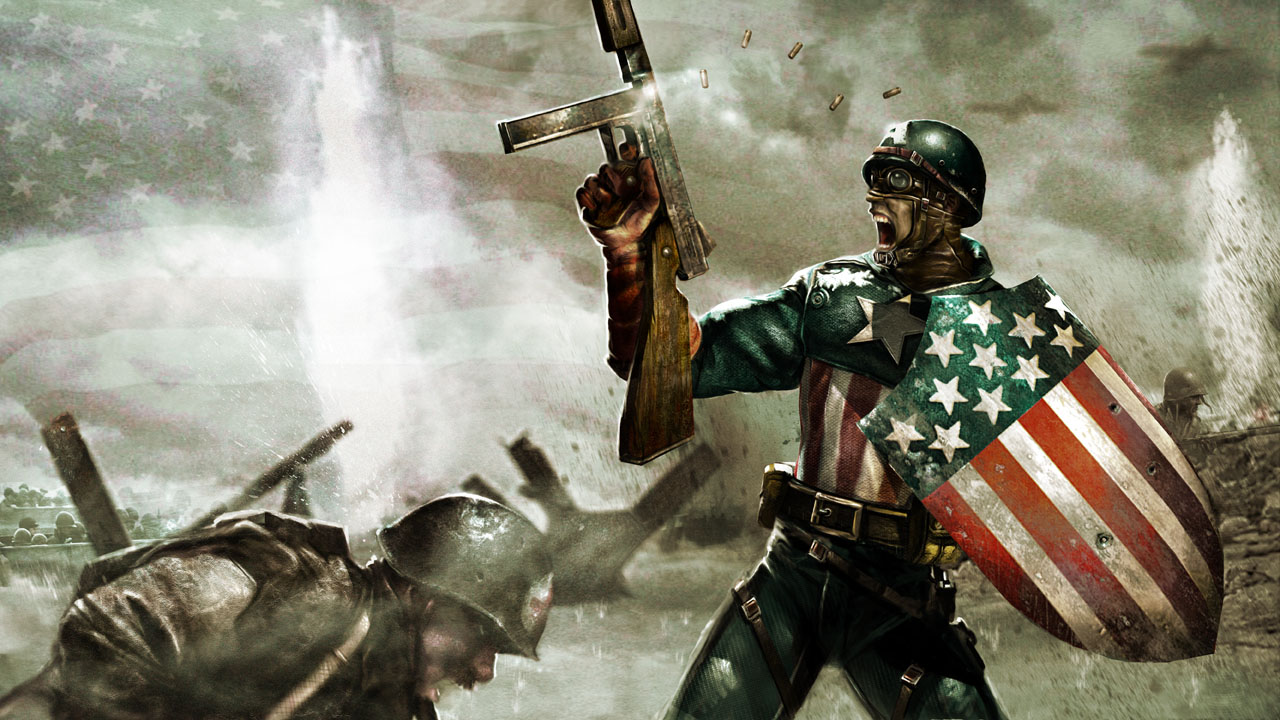

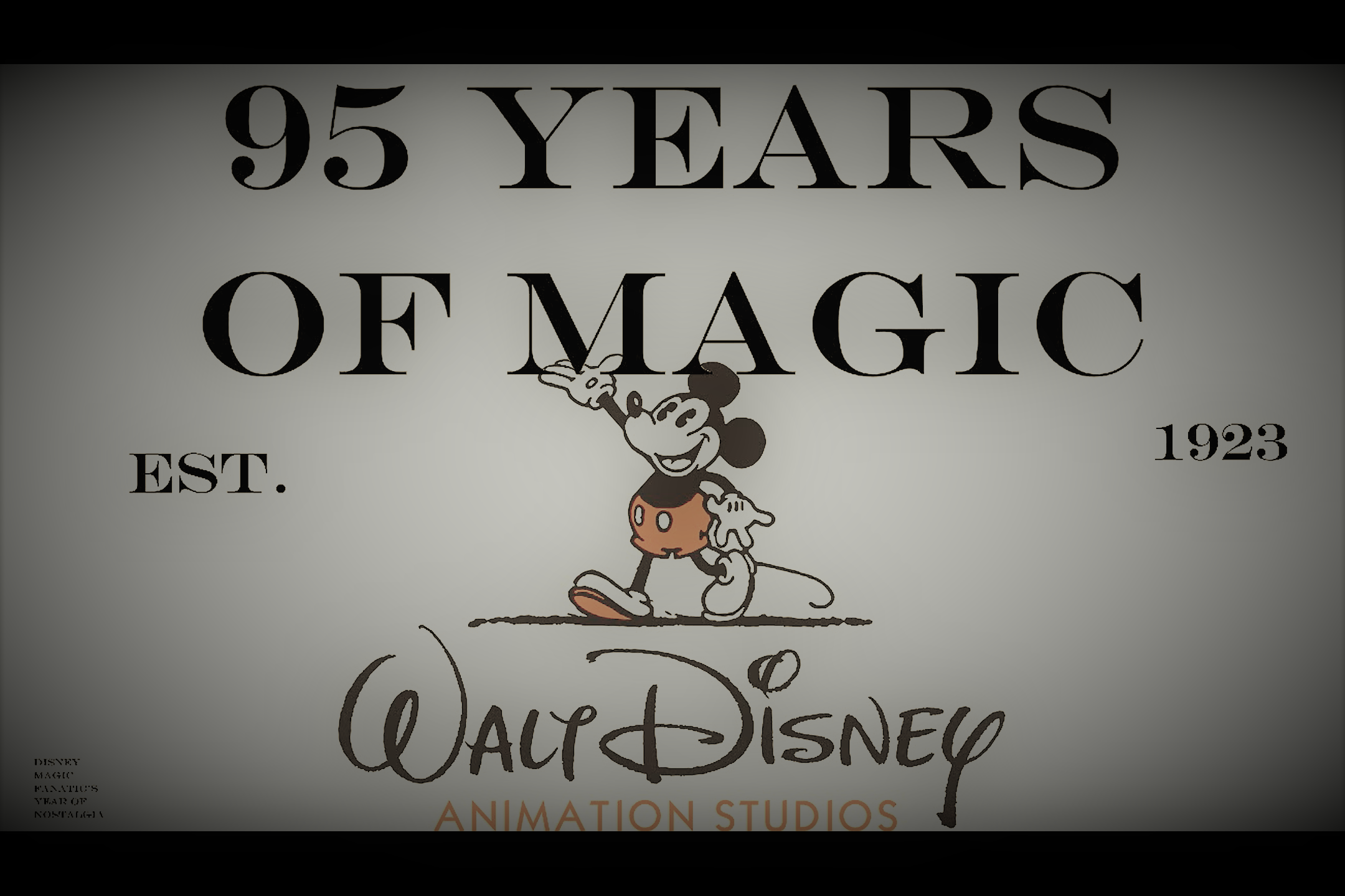
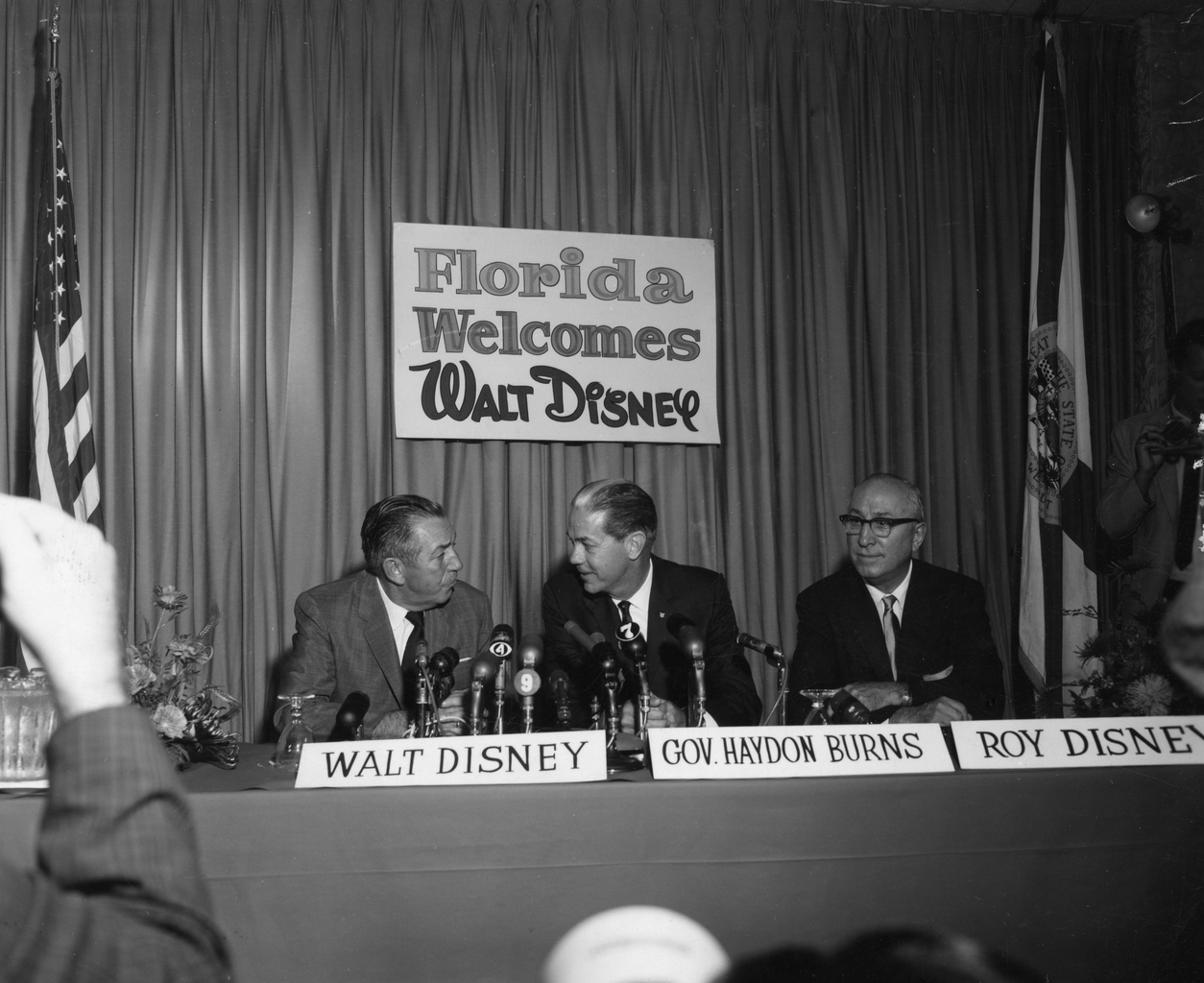 To honor his brother, Roy, then acting as CEO of the Walt Disney Company, had decided to officially rename Disney World as Walt Disney World; a small but powerful change that reminds the world who it was that started the Disney magic in their hearts. Roy decided to do everything he could to ensure that his brother’s final dream came to be. If Roy had anything to say about it, EPCOT, Walt’s final dream for a utopian city, would come true. He would make it a reality, no matter how much the board protested.
To honor his brother, Roy, then acting as CEO of the Walt Disney Company, had decided to officially rename Disney World as Walt Disney World; a small but powerful change that reminds the world who it was that started the Disney magic in their hearts. Roy decided to do everything he could to ensure that his brother’s final dream came to be. If Roy had anything to say about it, EPCOT, Walt’s final dream for a utopian city, would come true. He would make it a reality, no matter how much the board protested. Due to this, EPCOT would sadly never come to be. But that does not mean that all the ideas which came with it had to die. In fact, although we will probably never get to see Walt Disney’s final dream come to fruition, we can still see sparks of it in the final design of what became Walt Disney World.
Due to this, EPCOT would sadly never come to be. But that does not mean that all the ideas which came with it had to die. In fact, although we will probably never get to see Walt Disney’s final dream come to fruition, we can still see sparks of it in the final design of what became Walt Disney World.